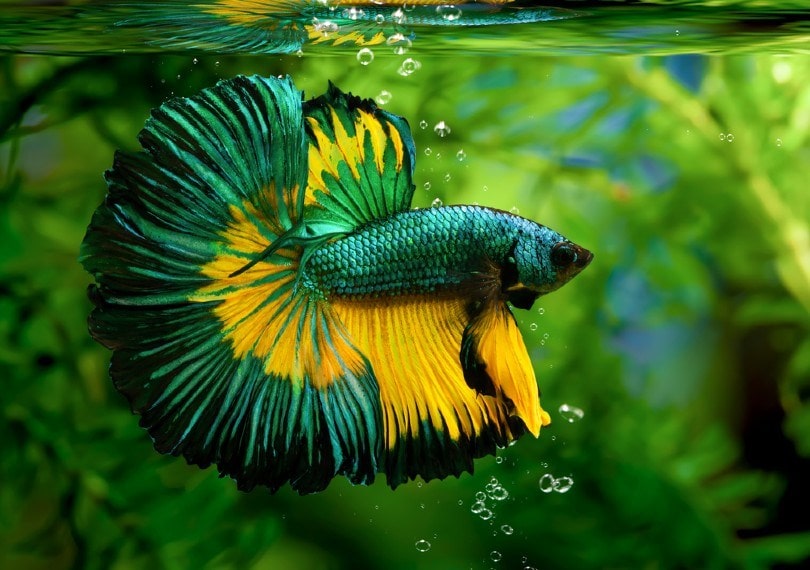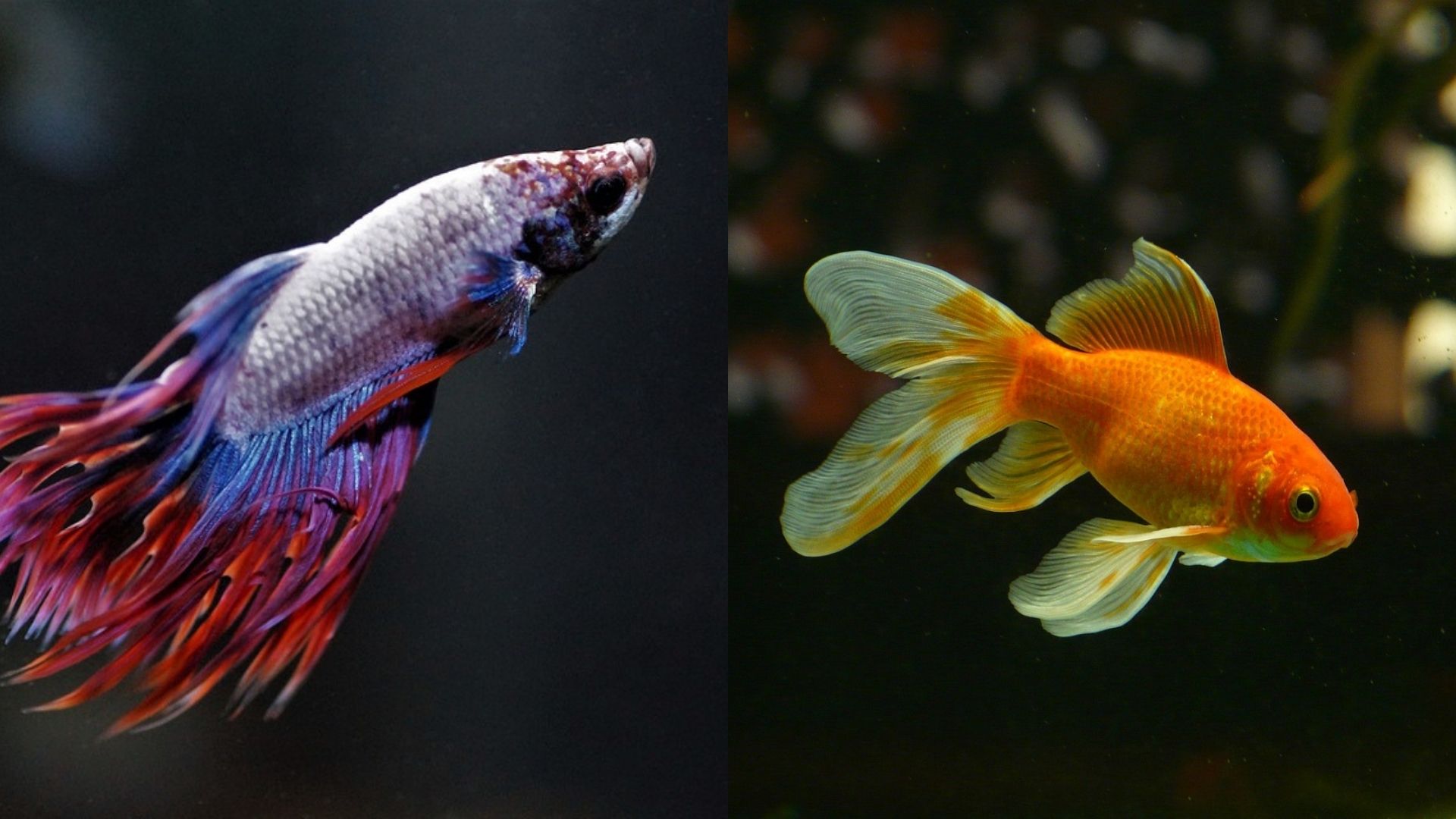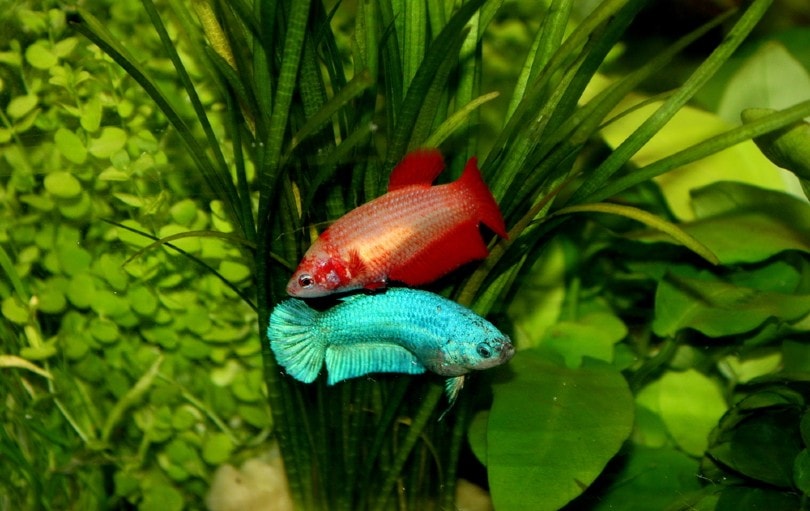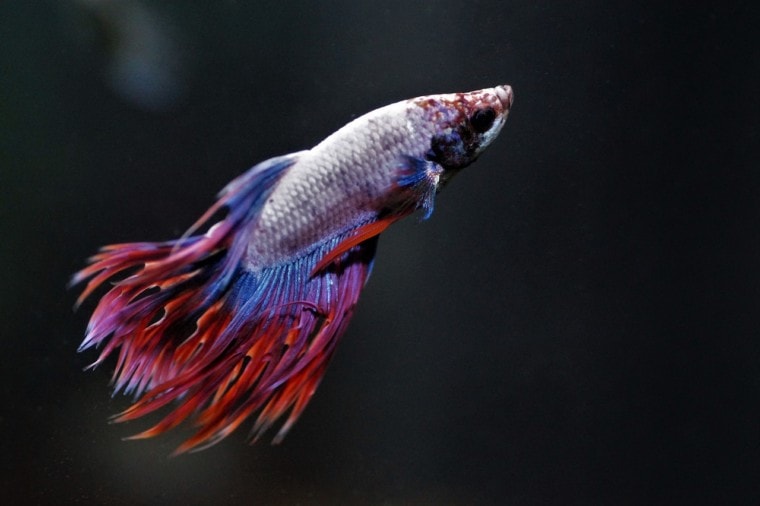
Betta fish are one of the most popular fish, and it’s easy to see why. They are beautiful fish and come in a whole rainbow of unique colors and patterns. However, many people purchase betta fish for their beauty without fully understanding their care needs. If you’ve considered taking home one of those sad betta fish in the cup at the pet store, here are the things you need to know about betta fish care.
Betta Fish Facts
In the 1800s, people in Siam, which is modern-day Thailand, began keeping betta fish as pets. Their aggressive nature toward other fish earned them their alternate name, Siamese Fighting Fish. Interestingly, the name “betta” refers to around 70 species of fish, but we are most familiar with the Betta splendens. These fish are native to Thailand, Cambodia, Indonesia, Laos, Vietnam, and Malaysia. In the wild, they tend to be more natural colors, like browns, tans, and blacks. Selective breeding was used to bring us the betta fish we see today. In 1910, betta fish were brought to the United States for the first time. Today, there are dozens of varieties of betta fish, including different colors, patterns, and fin types.
Bettas are relatively small fish, only reaching around 3 inches when fully grown. Most people get them expecting them to live a couple of years, but with proper care, bettas can live to be 5 years or older. Even though they are usually solitary fish, bettas do have some social tendencies and are able to recognize specific people by sight and sound. Some bettas will grow attached to you, recognizing you as their source of food, and may even watch you or follow your finger if you place it in the tank.

Are Betta Fish Good Pets?
Betta fish make great pets when provided appropriate care. They are diurnal, meaning they are awake during the day, so you are extremely likely to spot your betta fish going about its daily activities. This also provides the opportunity to build a trusting relationship between the two of you. Your betta will recognize you and other people who frequently interact with it by sight and even the sound of people’s voices. If it sees or hears someone it has grown to trust, your betta may begin curiously watching you go about your activities. It also may move about the tank to get a better view of what you’re doing.
Bettas do require some daily care, but it’s minimal, making them great pets for busy families and children that, with adult guidance, are learning to care for an animal. Depending on the size and setup of your betta’s tank, you will need to perform water changes and tank maintenance from multiple times per week to every couple of weeks.
How much interaction do they offer? Do they have lots of daily needs or are they fairly self-sufficient?
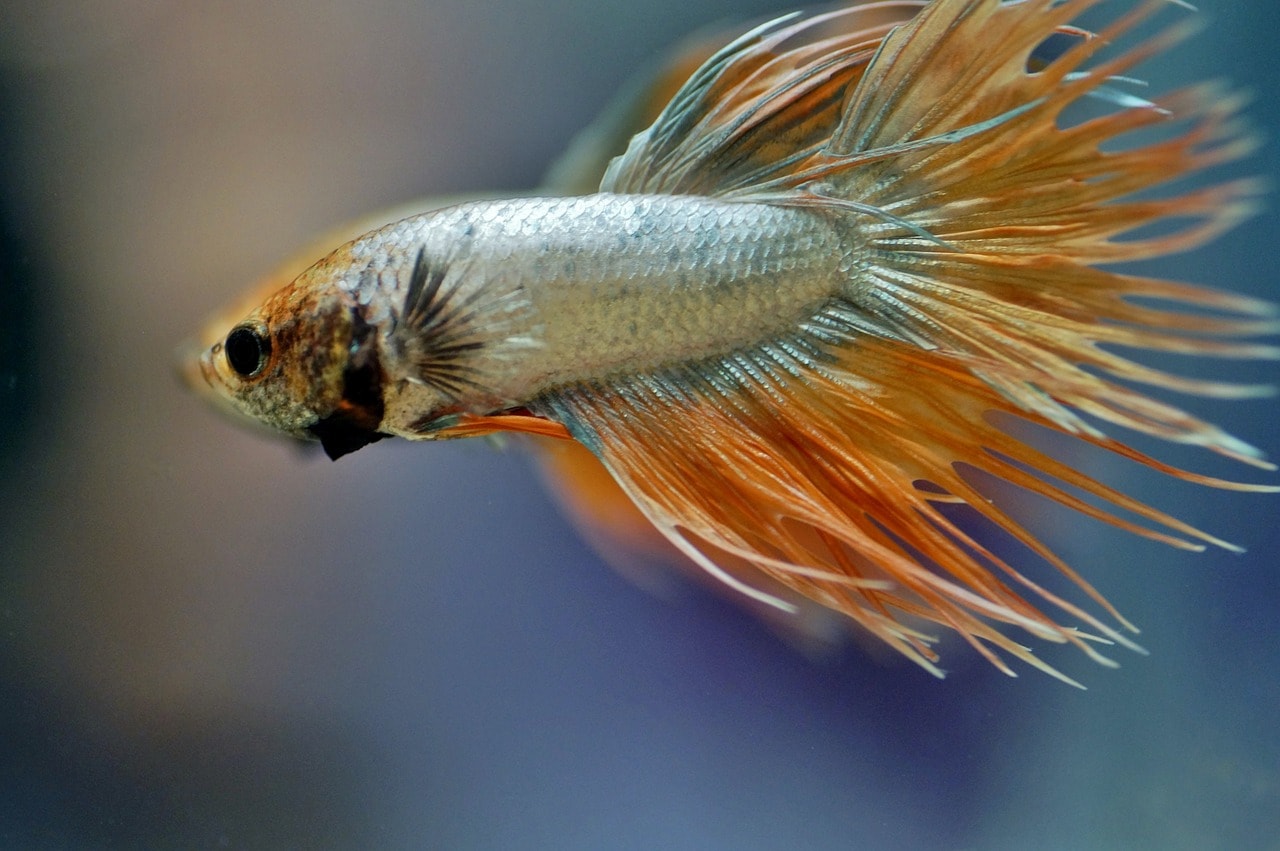
Where Can I Get a Betta Fish?
Betta fish are one of the easiest fish to come by because they are sold in basically all big box pet stores and many small, local stores. You are likely to spot bettas in small, individual cups on a display in a pet store. They are sold this way to keep them separate from other bettas to avoid fighting, but some people take this to mean that bettas can be kept in small tanks with no filtration, which is a less than ideal environment for them. Specialty varieties of bettas are available in some stores, but you are more likely to find them with online vendors and breeders.
How Much Does It Cost to Own a Betta Fish?
The cost of owning a betta fish is relatively minimal when compared to other types of fish. Since bettas stay small, they only require a tank that’s 5 gallons, although they are happiest in a larger tank. If you start your betta fish off in a 5-gallon tank, you won’t have to replace the tank in its lifetime because your betta won’t outgrow the tank. The tank you get for your betta should have adequate filtration with gentle water flow, which can be achieved with a low-powered filter or a sponge filter. A tank with filtration for a betta can cost you as little as $20. You will also need to purchase plenty of plants to keep your betta happy, which can cost anywhere from a few dollars to $20 or more.
You shouldn’t have to buy food for your betta very often, so this will likely cost you less than $20 every 6 months or so. This includes high quality, betta-specific pellets and freeze-dried, frozen, or live foods. Pellets and freeze-dried foods are good for up to 6 months after opening while frozen foods will last multiple months at a minimum. Live foods can be variable, so you may have to price shop if you choose to offer your betta live foods.
What Kind of Home Does My Betta Fish Need?
Tank/Aquarium
Bettas need a tank that is, at minimum, 5 gallons. This allows them plenty of swimming and exploration space. If you intend to keep your betta in some type of community tank, it should be larger than 5 gallons to reduce the chance of aggression from your betta toward tank mates. This tank should have low-flow filtration. Filters made for shrimp or fry will likely be a good fit for your betta, depending on the size of the tank. Sponge filters are also a great option.

Lighting
Your betta won’t require any kind of fancy lighting and will only need a day/night light cycle. This will reduce stress and help keep your betta healthy. Low to moderate lighting will be adequate for your betta fish.
Heat
Bettas are tropical fish, and they require warm water. There are multiple types of tank heaters and most of them are appropriate for bettas. Your betta’s tank should, ideally, be kept between 75-80˚F. They can tolerate water as cool as 68-70˚F but this is not the healthiest option for your betta.
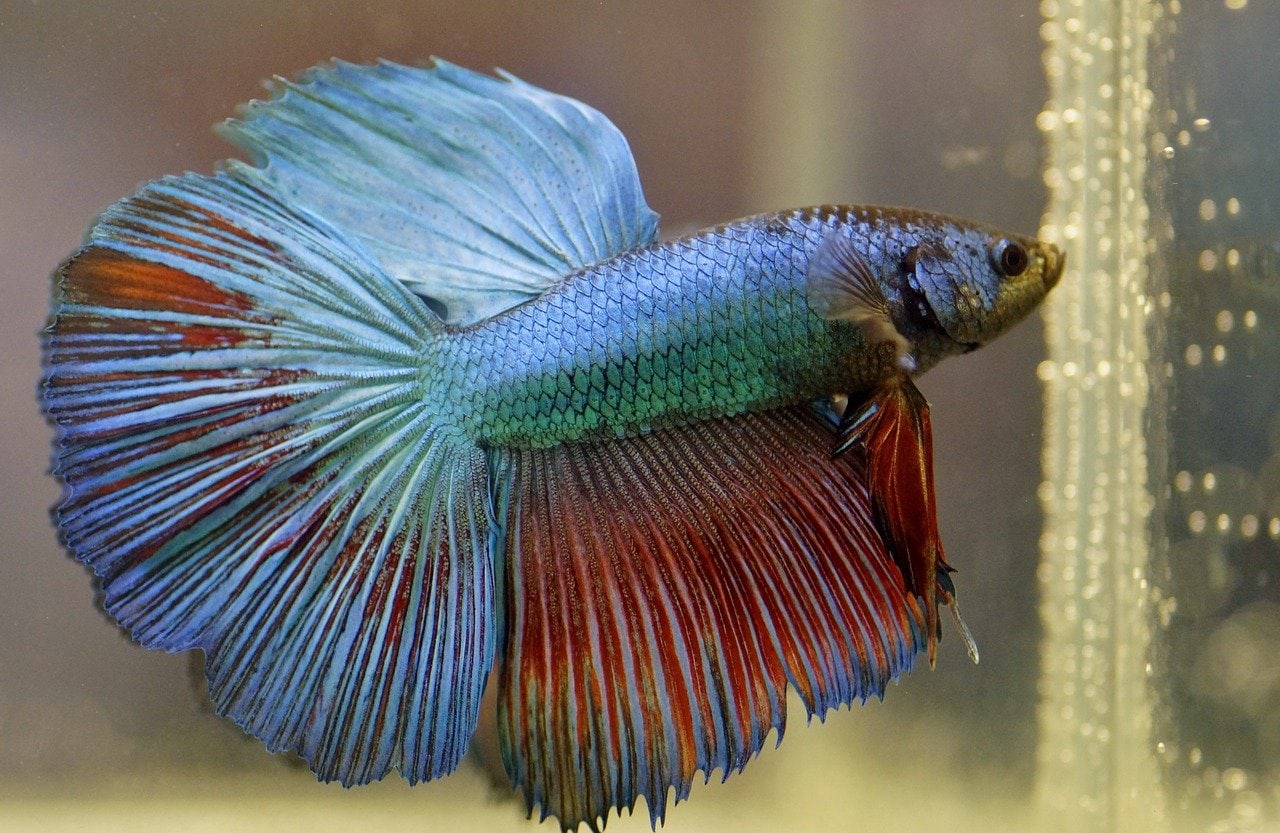
Tank Accessories
Any tank décor should be smooth so your betta doesn’t catch its fins on the décor, which can lead to tears and other injuries. Floating logs and floating leaves are great additions to a betta tank because they allow your betta a place to relax and float, which bettas naturally do.
Plants
Plants are a necessary part of your betta’s tank. They like to have plenty of plants to feel safe and secure, as well as to rest on or in between. Most plants that can live in a tropical environment will work well. Your betta will especially appreciate floating plants with trailing roots or tall plants.
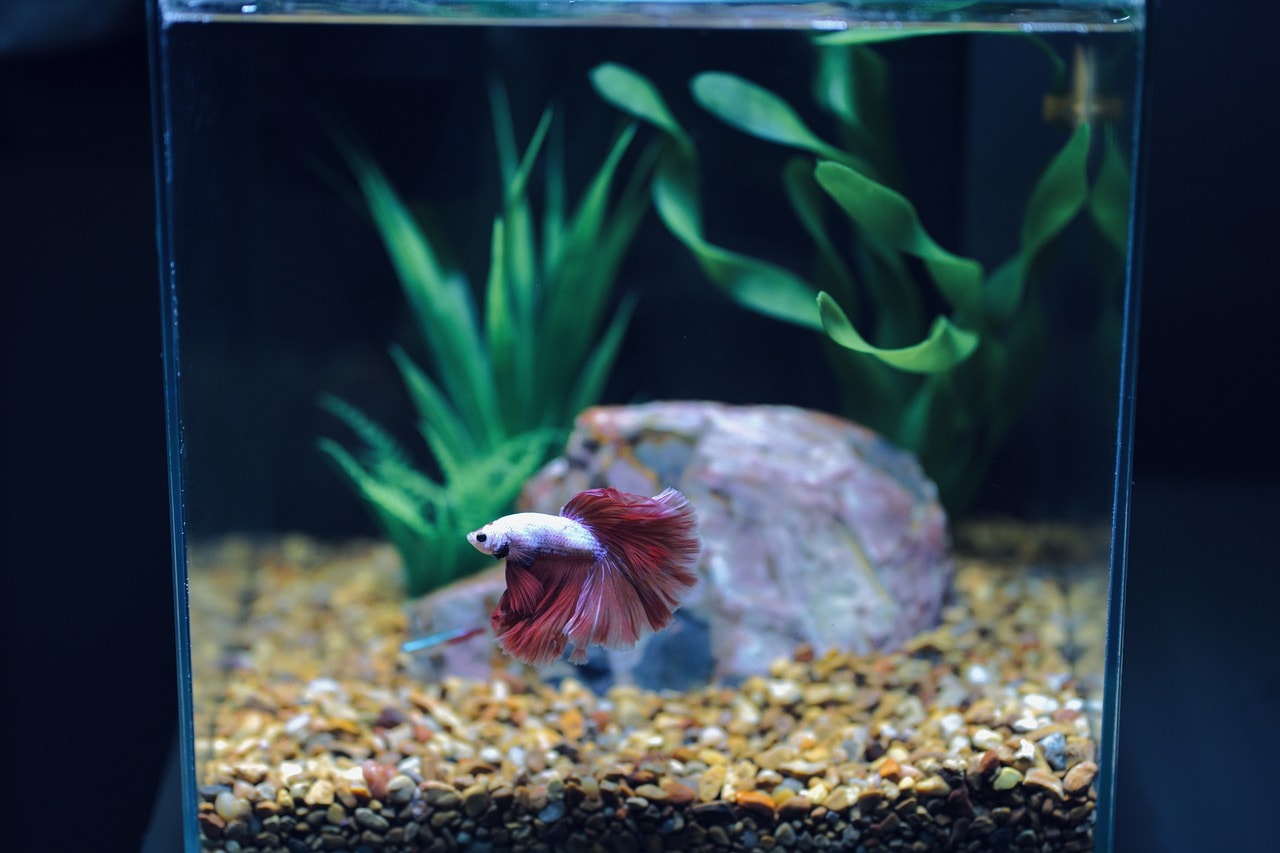
What Should I Feed My Betta Fish?
Betta fish are obligate carnivores, which means that almost their entire diet should consist of animal protein. This means that foods like goldfish food and tropical fish food are likely not going to be a good option to keep your betta healthy. Betta-specific foods are your best bet for a nutritionally sound diet for your betta. You can feed pellets or flakes, but pellets tend to be more nutrient-dense.
Pellets or flakes should be the base of your betta’s diet, but there should be some variety. Thawed frozen bloodworms, daphnia, or brine shrimp are all good options to feed your betta as a treat. You can also feed freeze-dried foods like bloodworms and brine shrimp, and your betta will appreciate live food on occasion. This can be black worms, bloodworms, small earthworms or red worms, mosquito larvae, and other small insects that you can safely get for your betta. Avoid bringing in insects you find outdoors since you don’t know what toxins they may have come into contact with.
Related Read: Do Betta Fish Have Teeth And Can They Bite?
How Do I Take Care of My Betta Fish?
Tank Maintenance
How often you need to change your betta’s water will depend on the size of the tank and the number of animals in the tank. Obviously, if your betta’s tank begins to look soiled, it’s time for a water change. You should have a water test kit to monitor your water parameters. This will give you the best idea of when you should do a water change since it will let you know if ammonia or nitrites are beginning to build up in the tank. You shouldn’t need to change your filter media very often at all and it’s a good idea to change media out a little at a time to avoid stripping the tank of all beneficial bacteria.
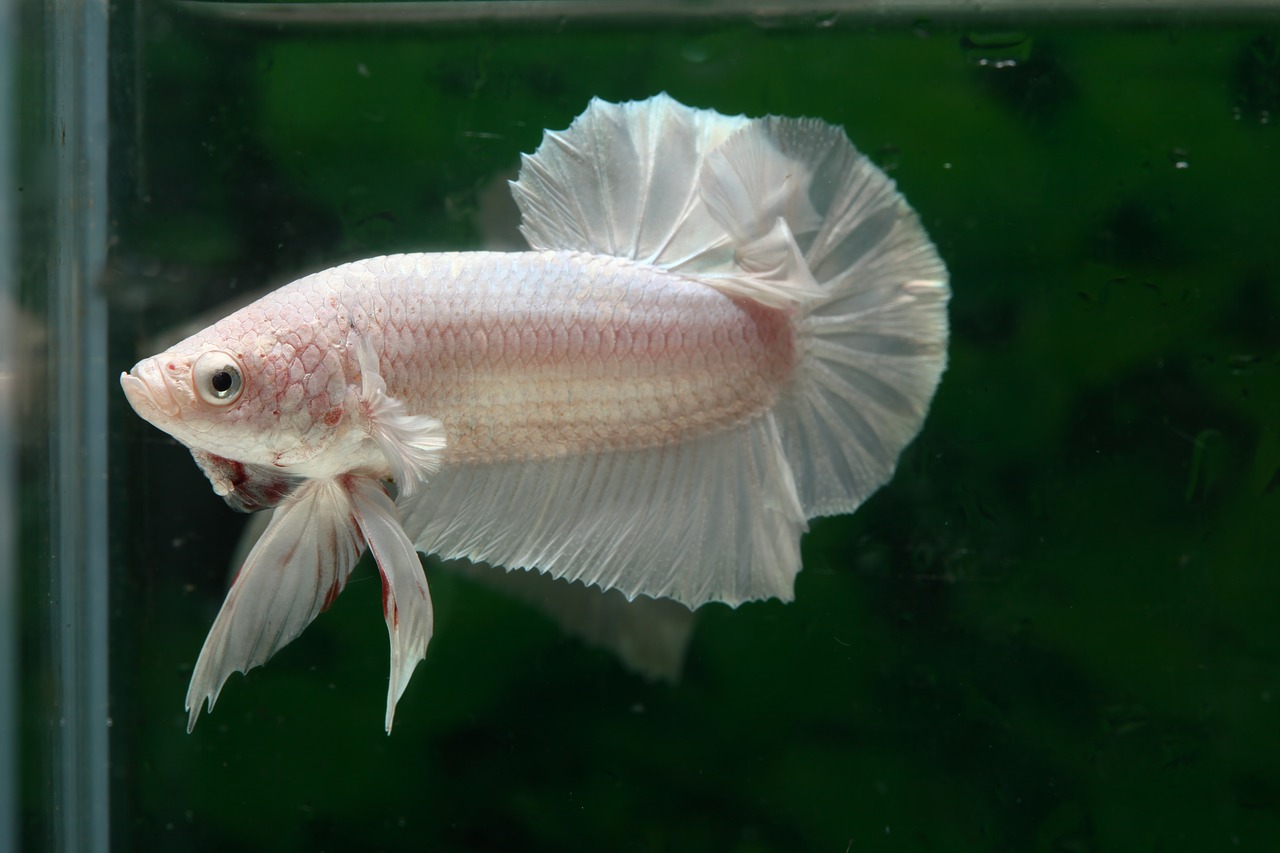
Water Care
When you perform routine water changes in your betta’s tank, you should only be removing and replacing 10-20% of the tank’s water. More than this can risk rapid changes in water parameters, which can be dangerous to your betta. When you change your betta’s water, make sure you are treating the water to remove chlorine and other chemical additives. This can be accomplished with multiple products on the market. If you’re using RO or distilled water, this will likely not be necessary, but you should compare the new water’s parameters to the water in the tank to see if anything should be done to the new water before adding.
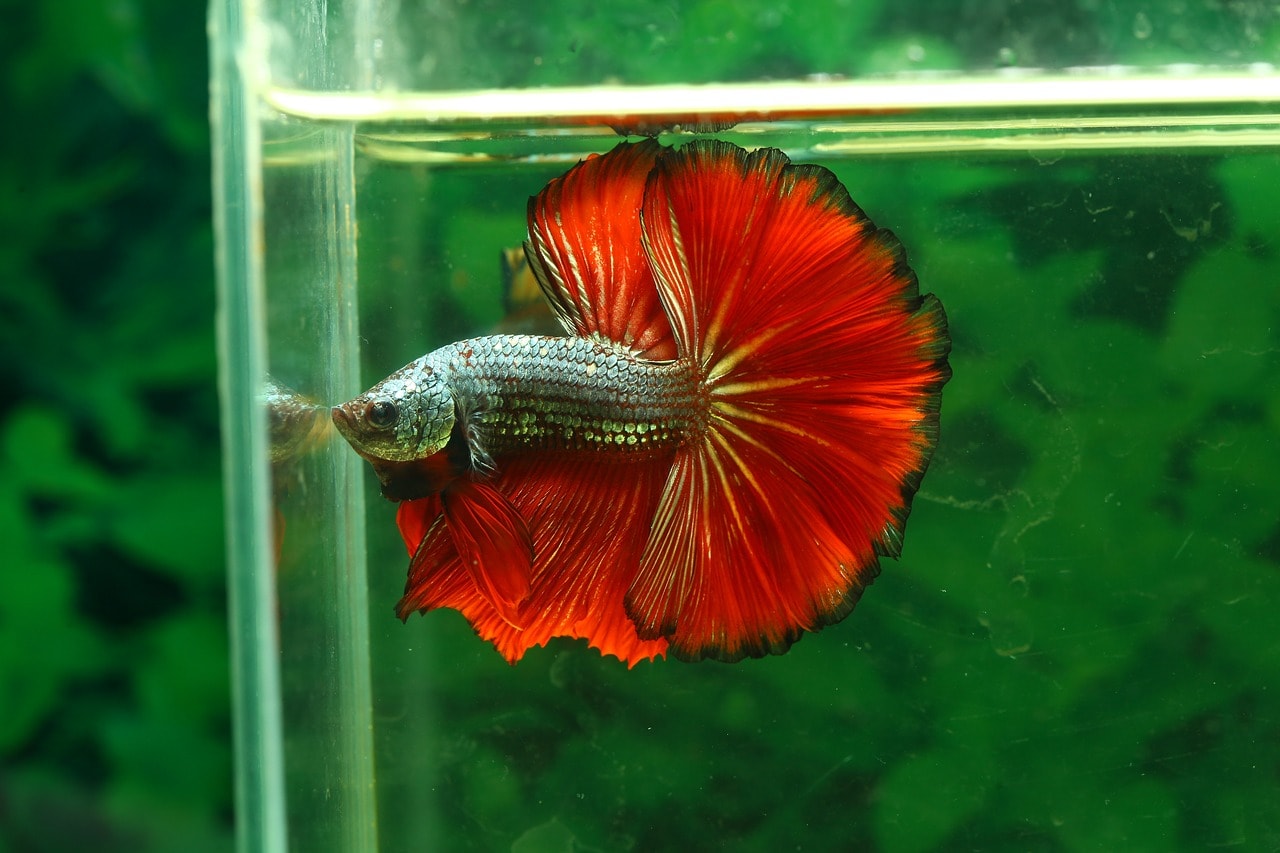
Community Tanks
Community tanks and betta fish are not for everyone! Bettas, males especially, can be aggressive and hurt or kill other fish. Shrimp and snails make good tank mates to bettas, although bettas may eat shrimplets and very small snails. Any fish that has long fins, like guppies, should not be kept with bettas as they often mistake them for other bettas. Male bettas are best kept alone. Female bettas are less aggressive than males and can be good additions to community tanks, but they should be watched carefully for aggression toward tank mates. Female bettas are sometimes kept in female-only groups called “sororities”, but they should still be watched carefully. A well-maintained, well-planted, stress-free tank is necessary when keeping bettas in community tanks.
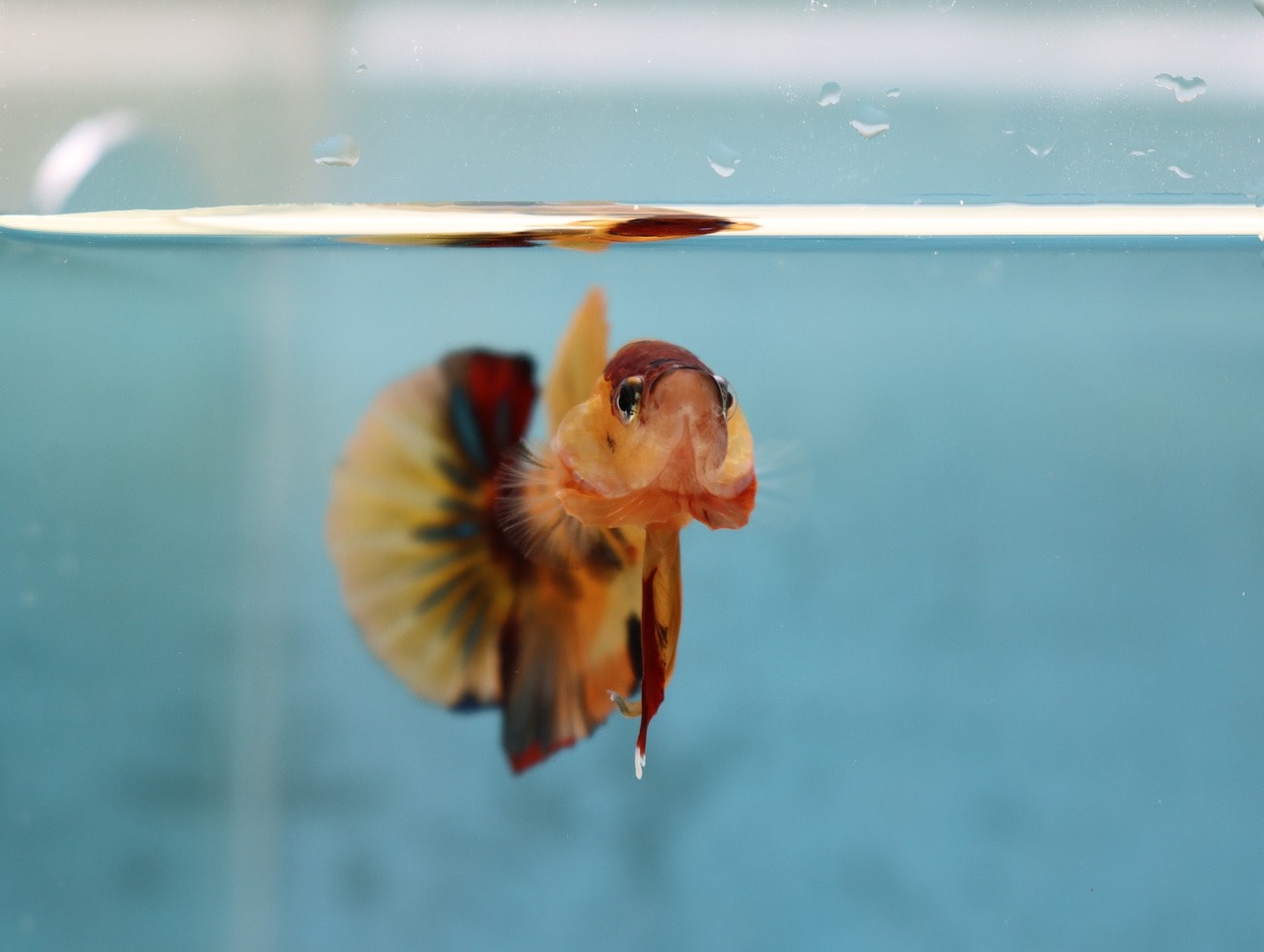
How Do I Know If My Betta Fish Is Sick?
Fin/Tail Rot
This disease is caused almost exclusively by poor water conditions. If your betta’s fins begin to look shredded, reddened, or “chewed”, it’s likely fin rot. This disease is treatable with water quality improvements and antibacterial water treatments.
Ich
This parasitic infection is also sometimes called White Spot Disease and is caused by the parasite Ichthyophthirius multifiliis that get into the tank from new plants, fish, or infected water, like if you were to add water from your local fish store. These external parasites swim through the water until they attach to your fish, making it look like your fish has salt sprinkled on them. These parasites will feed off of your fish until they are ready to reproduce. They will then release and reproduce in the water, starting the cycle over. Ich can cause your betta to be itchy or uncomfortable, leading to flashing, hiding, or lethargy. Antiparasitic water treatments can be used to treat ich.
Swim Bladder Disease/Disorder
If you notice your betta floating or sinking uncontrollably or having difficulty swimming, they may have swim bladder disease. This can be caused by multiple things, including undiagnosed illnesses, malformation or deformity, environmental problems, or it can be idiopathic, which is an unknown cause. This disease requires treatment of the cause, but it can sometimes be relieved with aquarium salt or Epsom salt baths, water temperature increases, and hand feeding.
Velvet
Similar to ich in some ways, velvet is a parasitic disease caused by parasites called oodinium. Velvet is also sometimes called gold-dust disease or rust disease, all of which describe the gold or rust-colored film it creates on the fish. These parasites will feed on the fish’s skin, leading to open sores. Velvet can also cause difficulty breathing and lead to secondary infections. It’s extremely contagious and deadly. Water changes and improvements in water quality can help treat velvet in conjunction with antiparasitic medications.
Dropsy
This deadly disease is extremely difficult to treat. Dropsy is recognizable by the “pine coning” effect it creates by making a fish’s scales flare outward. It will cause the fish’s abdomen to noticeably swell as well. They may also have bulging eyes, pale gills, and unusual spine curvature. Dropsy is actually a sign of multiple internal diseases and infections that cause water and other fluids to accumulate in the abdomen of the fish. Dropsy can be treated with aquarium salt and antibiotics in a hospital tank in conjunction with a high-quality diet and excellent water quality. It is usually fatal, even with swift treatment.
Final Thoughts
Owning a betta fish can be fun and rewarding, and with proper care, your betta fish will be with you for multiple years. Bettas are low-maintenance fish that are easy to care for, making them great for beginners. It’s important to remember that bettas are living things and they deserve to be cared for properly, so research and an understanding of their needs before you bring one home is necessary. If you care for your betta well, the two of you will likely bond and enjoy each other’s company.
See also:
- Bloated Betta Fish: Vet-Reviewed Causes, Signs, and Treatment
- How Many Days Can Betta Fish Go Without Food? Vet-Reviewed Facts & FAQ
Featured Image Credit: Pixabay




